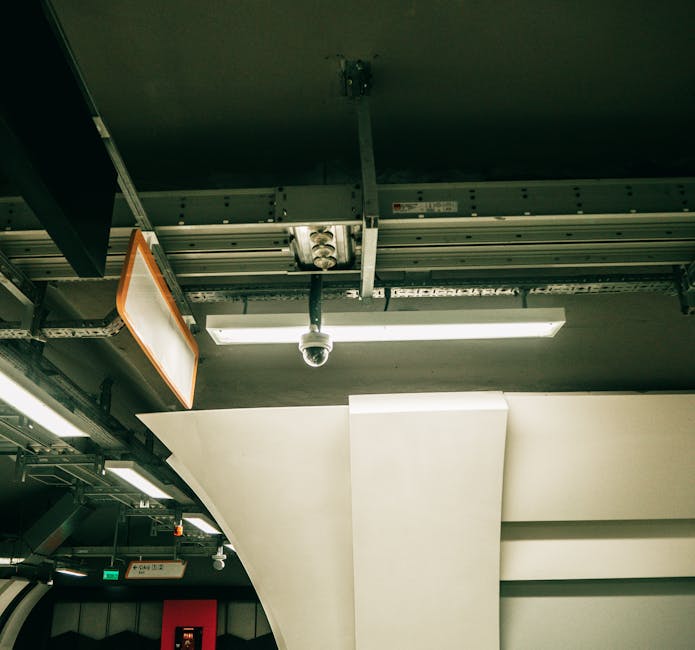Revolutionizing Public Infrastructure Monitoring with SAR Satellites

Ageing public infrastructure has long posed significant challenges for governments and municipalities worldwide, as financial limitations and physical risks make thorough inspections difficult. Traditional methods of infrastructure monitoring, such as onsite visual assessments and vehicle-mounted ground-penetrating radar (GPR), only provide limited insights into surface conditions and are neither cost-effective nor efficient. However, recent advancements in satellite technology may present a game-changing solution for the industry. NTT, a leading innovator in telecom and technology, has introduced a novel system utilizing Synthetic Aperture Radar (SAR) satellites to enhance the detection and monitoring of underground hazards.
How SAR Satellites are Revolutionizing Underground Hazard Detection

Pexels
Conventional monitoring methods often falter when it comes to identifying problems beneath the surface. The development of underground cavities is a leading cause of road cave-ins, which can occur suddenly after gradual deterioration. Unlike traditional satellites that primarily capture surface-level images, SAR satellites employ radio waves with multiple polarizations that penetrate asphalt and detect deep subsurface activity. Through advanced scattering analysis, NTT’s system pinpoints three critical warning signs: underground cavity formation, ground disturbances, and surface unevenness. By contrasting data collected over time, this system can track and measure how these risks progress.
According to NTT, this satellite-only technique is far more cost-efficient compared to traditional methods, reducing detection costs by approximately 85 percent. The reliability of this method has already been validated against real-world inspection data, marking a new era of reliability and widespread applicability for infrastructure monitoring. Unlike predictive models that rely on secondary data sources, such as utility maps and environmental data, SAR technology directly measures physical underground conditions, ensuring higher accuracy and minimizing false positives.
The Importance of Continuous Infrastructure Monitoring

Pexels
One of the major benefits of SAR satellites is their ability to provide consistent monitoring schedules. Infrastructure deterioration is not predictable; it can happen rapidly, and relying on periodic inspections conducted every few years leaves significant risks unaddressed. SAR satellites orbit Earth regularly, making frequent data collection a seamless task. This capability enables continuous oversight, minimizing the likelihood of overlooking developing hazards. Municipalities and asset managers can utilize such data to proactively address problem areas before they become emergencies, ultimately saving lives and reducing financial strain.
Furthermore, the integration of SAR technology with NTT’s optical fibre-based ground monitoring system offers a comprehensive approach to infrastructure safety. While SAR technology focuses on detecting cavities closer to the surface, the optical fibre system monitors deeper underground conditions, creating a complementary framework for more thorough risk detection. NTT plans to refine this system further through collaborations with local governments, striving to implement practical applications that streamline inspection operations.
A New Frontier for Public Sector Technological Innovation

Pexels
NTT’s advancements underline the critical role that data-driven solutions can play in infrastructure maintenance and urban planning. By shifting from costly physical inspections to wide-scale satellite analysis, both government agencies and private sector firms could better allocate resources while gaining real-time insights into their assets. The potential for cost savings and operational efficiency is revolutionary, particularly as urban areas expand and infrastructure networks grow increasingly complex. This innovation is part of NTT’s broader C89 initiative, which leverages satellite technologies to address public infrastructure risks across multiple sectors.
Using cutting-edge technologies like SAR satellites to monitor and maintain critical public assets represents a significant step forward in modern infrastructure management. With an eye toward scalability, further development of these systems will likely define the future of proactive infrastructure care, enabling cities to improve safety and sustainability on a global scale.



